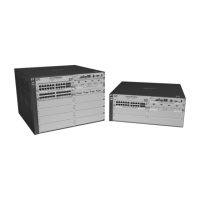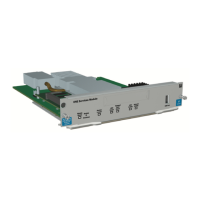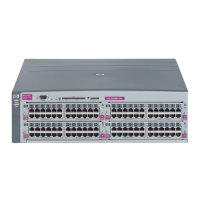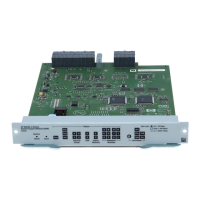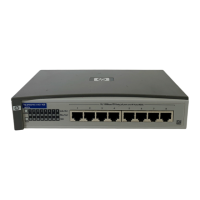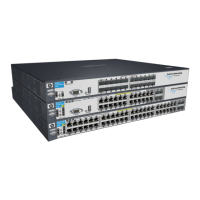Traffic/Security Filters
Configuring Traffic/Security Filters
Configuring Traffic/Security Filters
Use this procedure to specify the type of filters to use on the switch and
whether to forward or drop filtered packets for each filter you specify.
1. Select the static filter type(s).
2. For inbound traffic matching the filter type, determine the filter action
you want for each outbound (destination) port on the switch (forward or
drop). The default action for a new filter is to forward traffic of the
specified type to all outbound ports.
3. Configure the filter.
4. Use show filter (page 9-23) to check the filter listing to verify that you have
configured correct action for the desired outbound ports.
9-17

